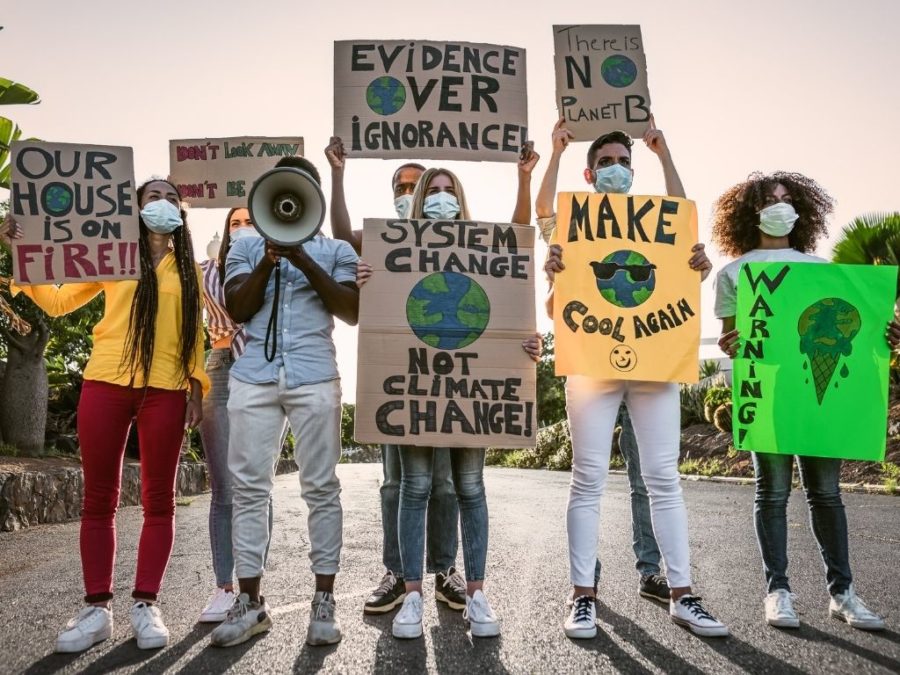
In 2018, a Swedish teenager named Greta Thunberg started something revolutionary, inspiring young activists around the world to fight climate change and protest against the governments’ inaction in the global warming crisis. The ‘Fridays for Future’ movement has since helped shape public opinion and challenge world leaders to take climate change more seriously.
—
You have probably seen the photos of a young Swedish girl – Greta Thunberg – sitting alone outside the Swedish parliament holding a sign saying “School Strike for Climate”. They symbolise the beginning of one of the most important steps in climate activism, a moment in which young people around the world decided to break their silence and take to the streets in protest of government inaction in the climate crisis.
Her small campaign in August 2018 inspired young people around the world to take action against climate change. A year after her strike began, nearly 6 million people joined the Global Week of Climate Action ahead of the 2019 United Nations Climate Action Summit, a meeting of world leaders to discuss the progression of the climate crisis and find ways to mitigate it. Their demands were simple: create a safe pathway under 1.5C – the only way to mitigate the impacts of climate change and slow down global warming, as established in the Paris Agreement in 2015 – unite behind climate science, and guarantee climate justice and equity for everyone. After taking a pause due to COVID-19 pandemic, Fridays for Future’s international protests returned in March 2022 and saw hundreds of protests taking place across all seven continents.
The movement has taught new generations the importance of developing an opinion on the climate crisis and has played a key role in changing the attitude of governments, companies, and public figures worldwide on the dangerous effects of global warming that they are often responsible for. For the climate crisis to become a priority on the political agenda, those who govern must feel pressure from new generations. Indeed, they are the most vulnerable to climate change, as they will experience its devastating effects during their adult life.
Joining Fridays for Future’s strikes to demand action from your representatives is just one way to make your voice heard. There are many other ways in which you can become a young activist and play an active role in your society. You can begin by finding some time throughout your days to read and learn about global warming, climate injustice, and how your government is tackling these issues. And in the meantime, you can let others know about what you are learning. The more people know about climate change, the better! If the thought of joining a protest is still overwhelming, you can also simply start by getting your friends and family involved in small actions, such as a beach or park cleanup, or you challenge each other to only shop plastic-free.
Check This Out Next: What are the Sustainable Development Goals? 17 Facts About Our Planet